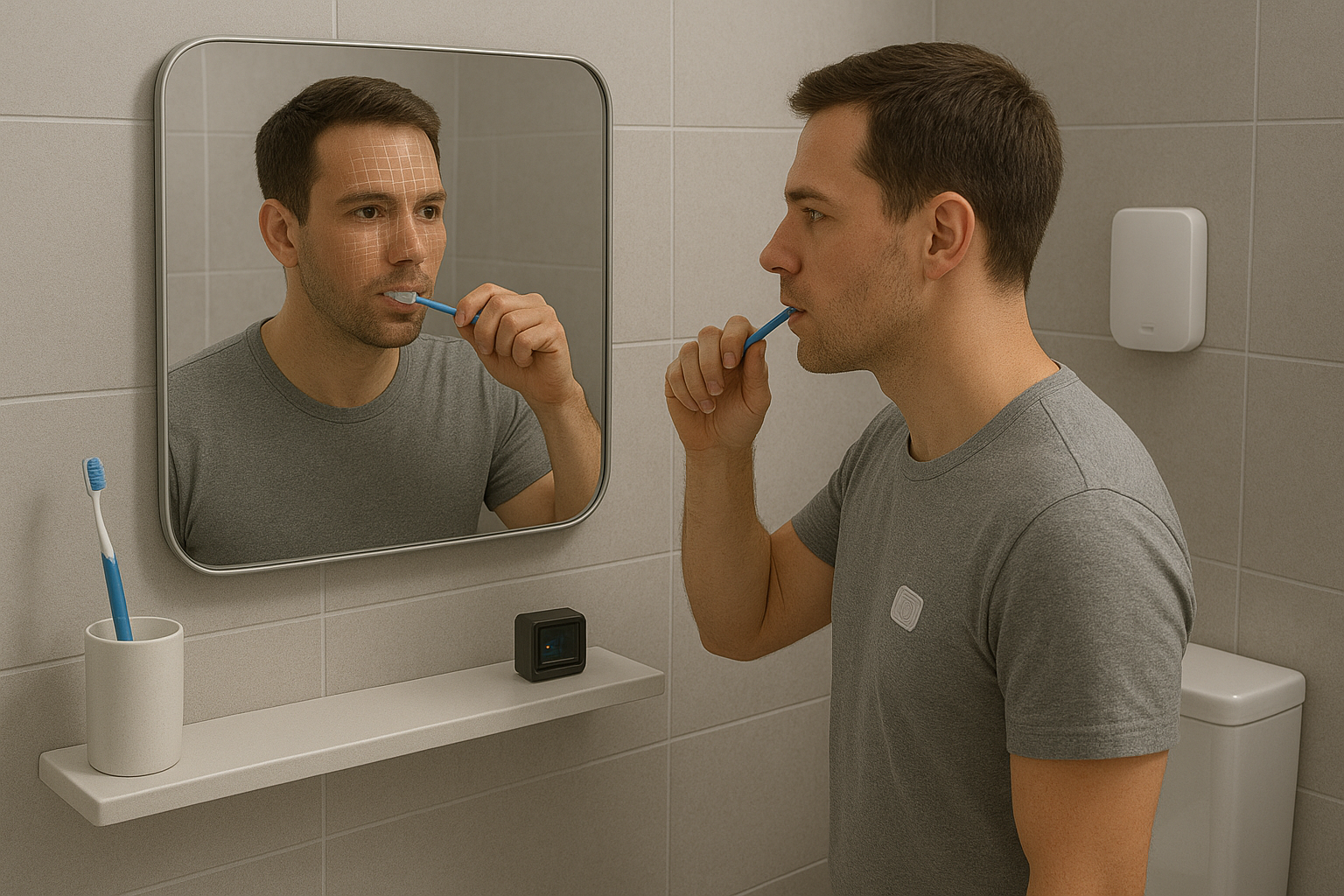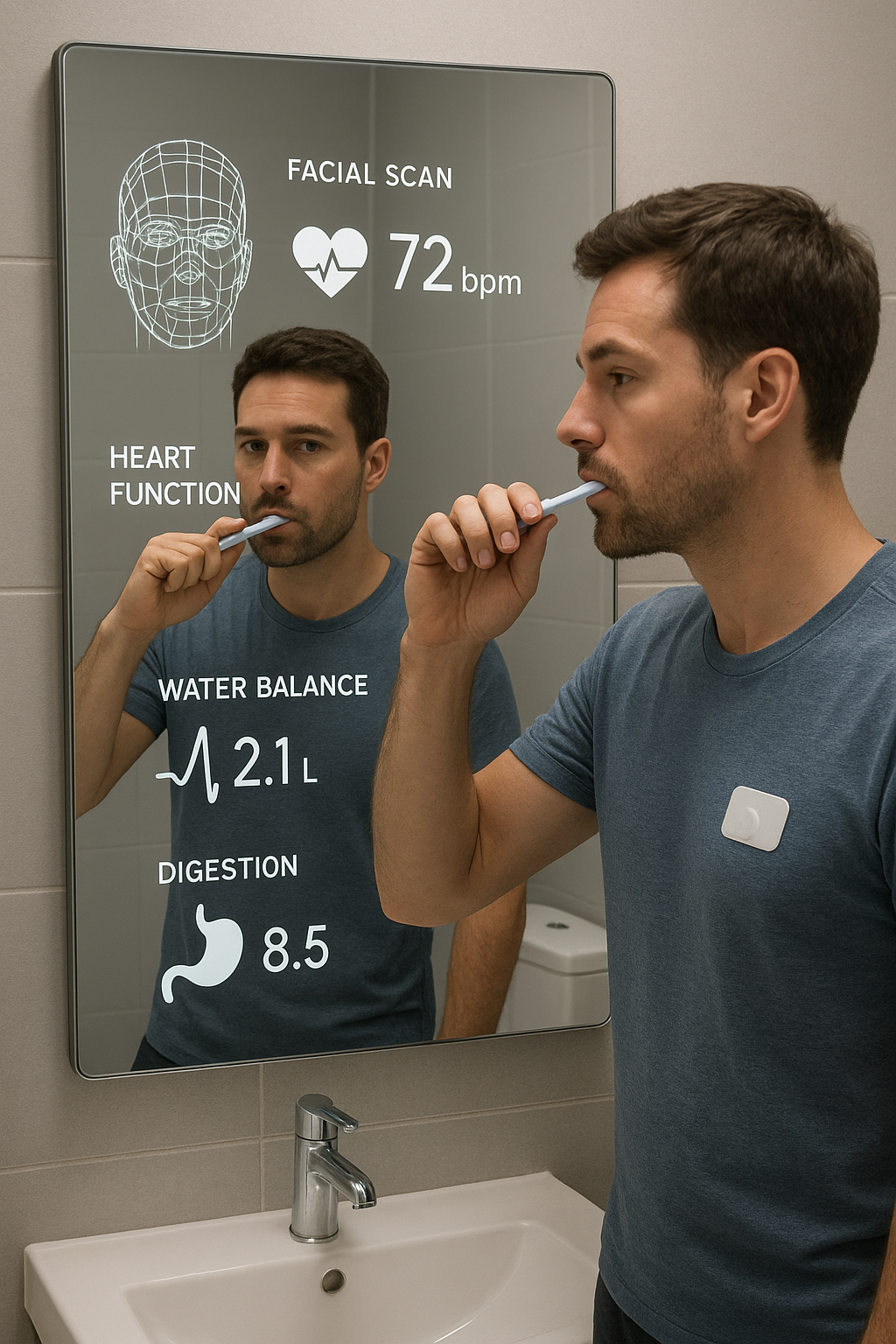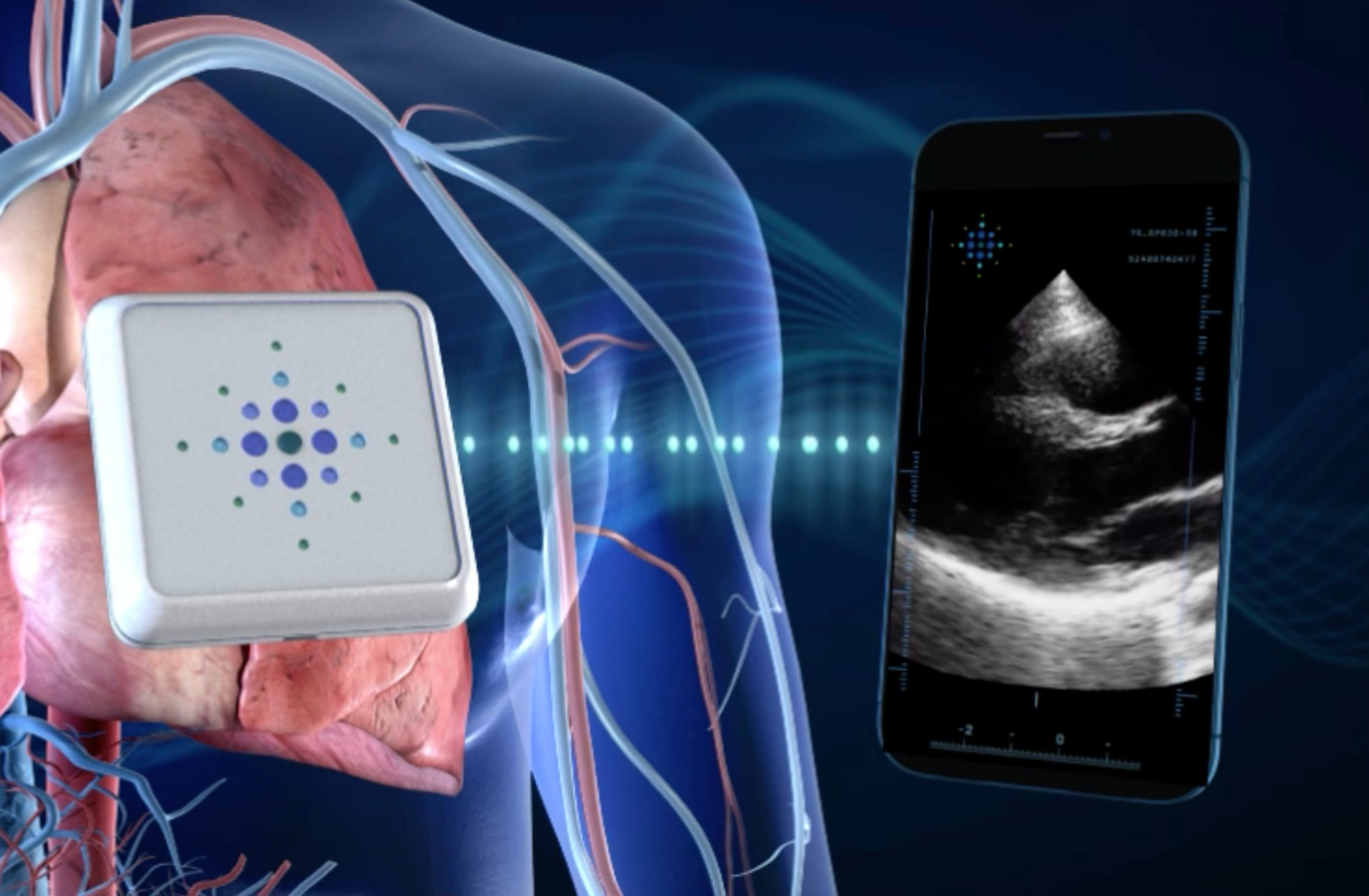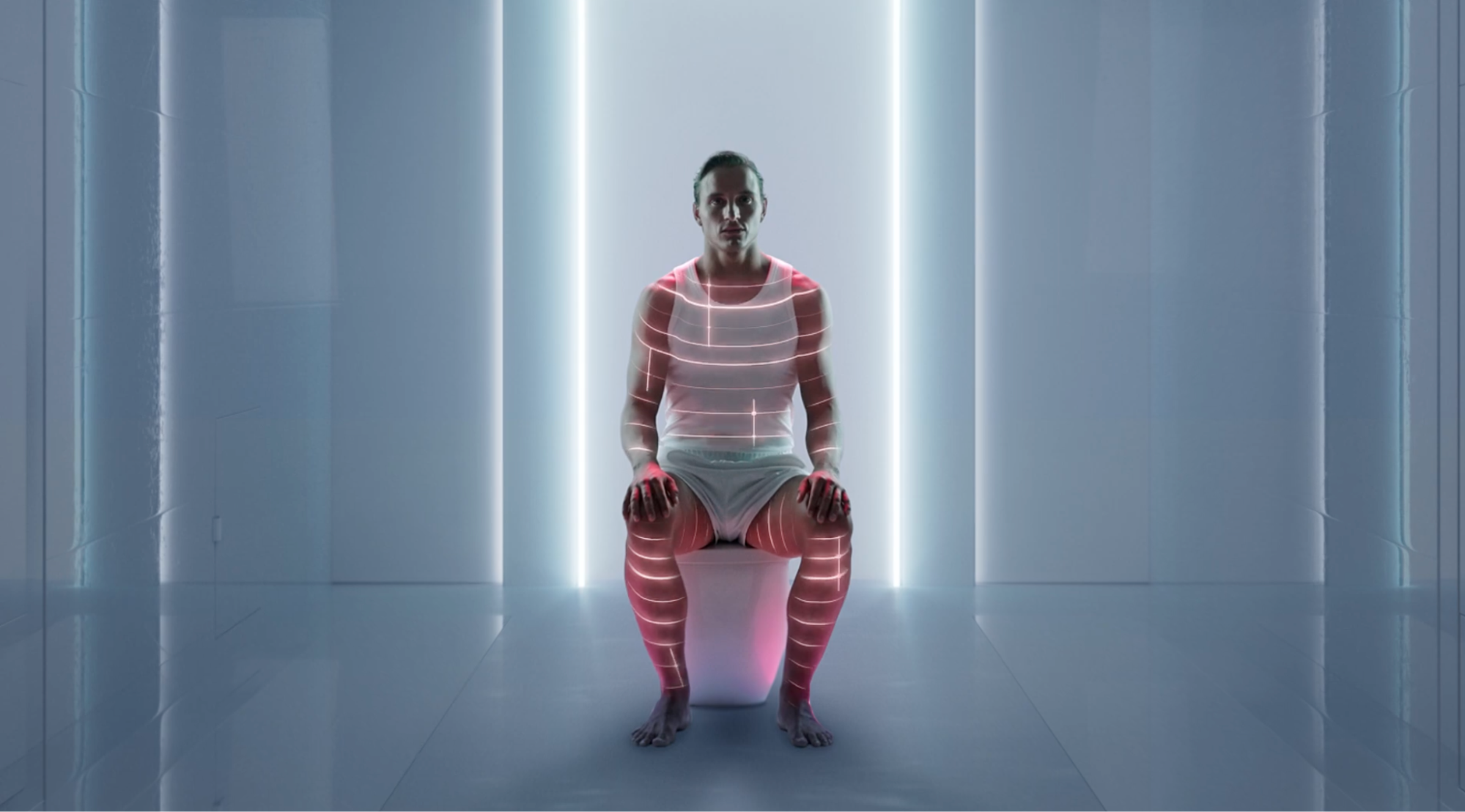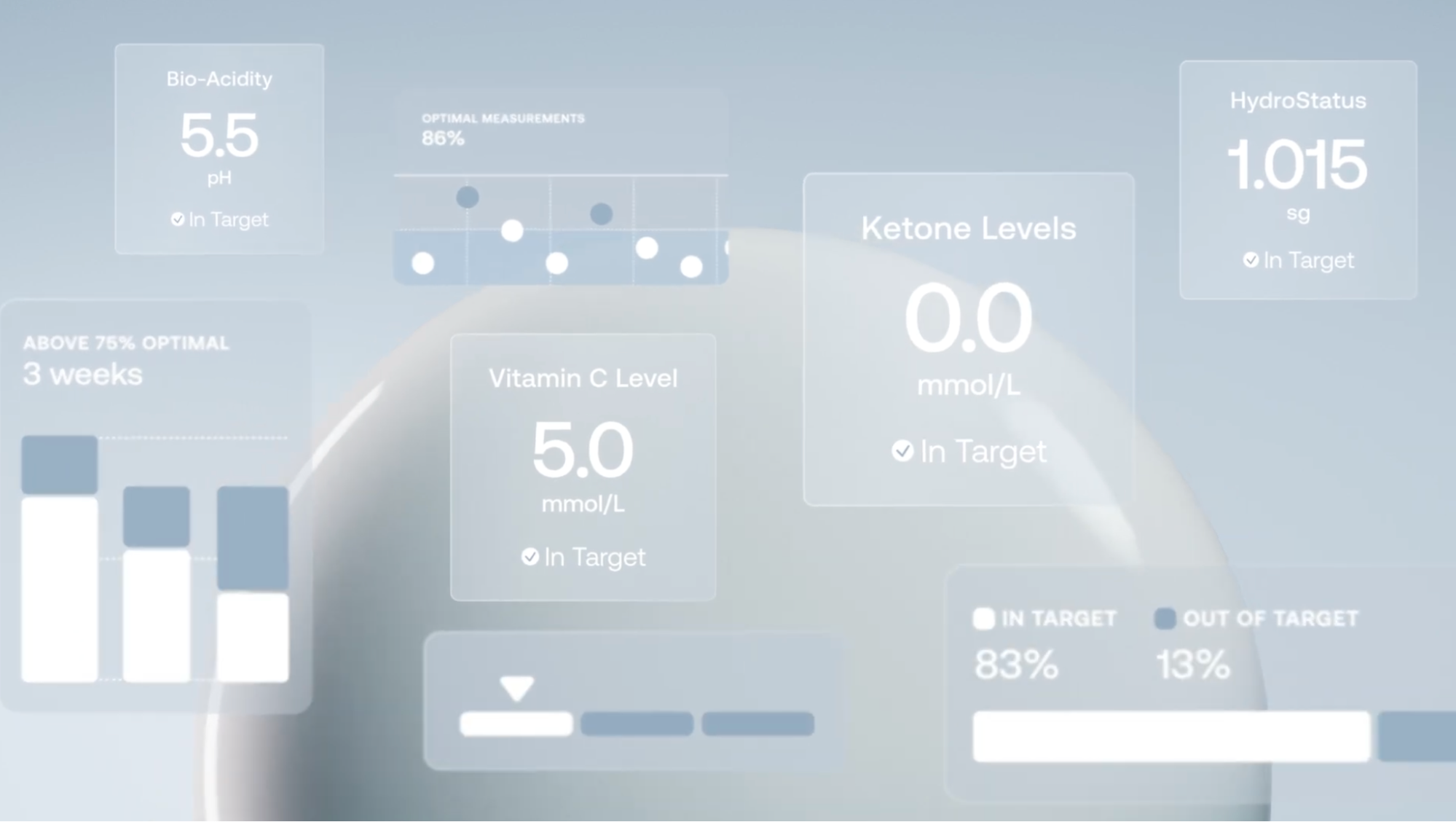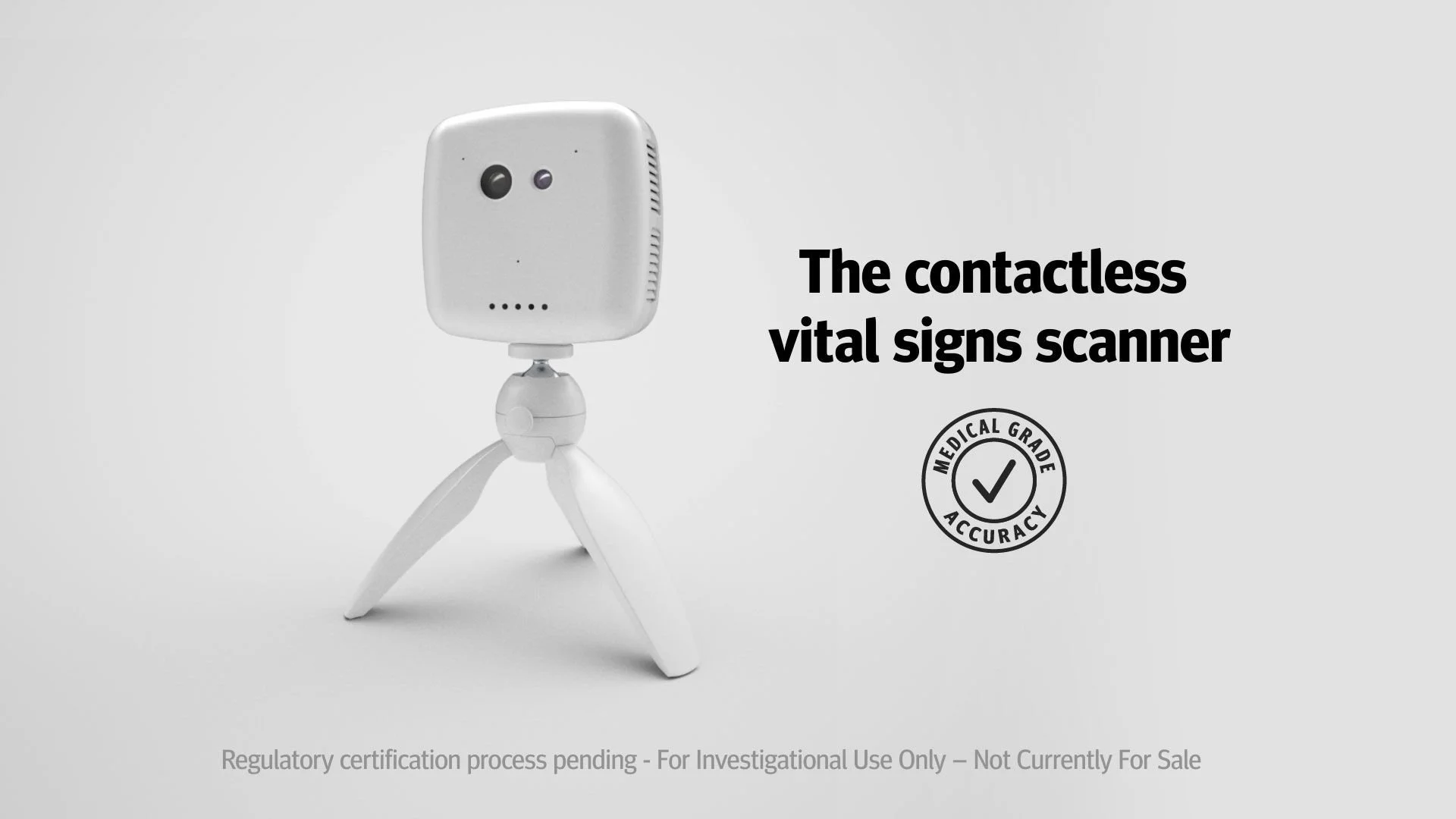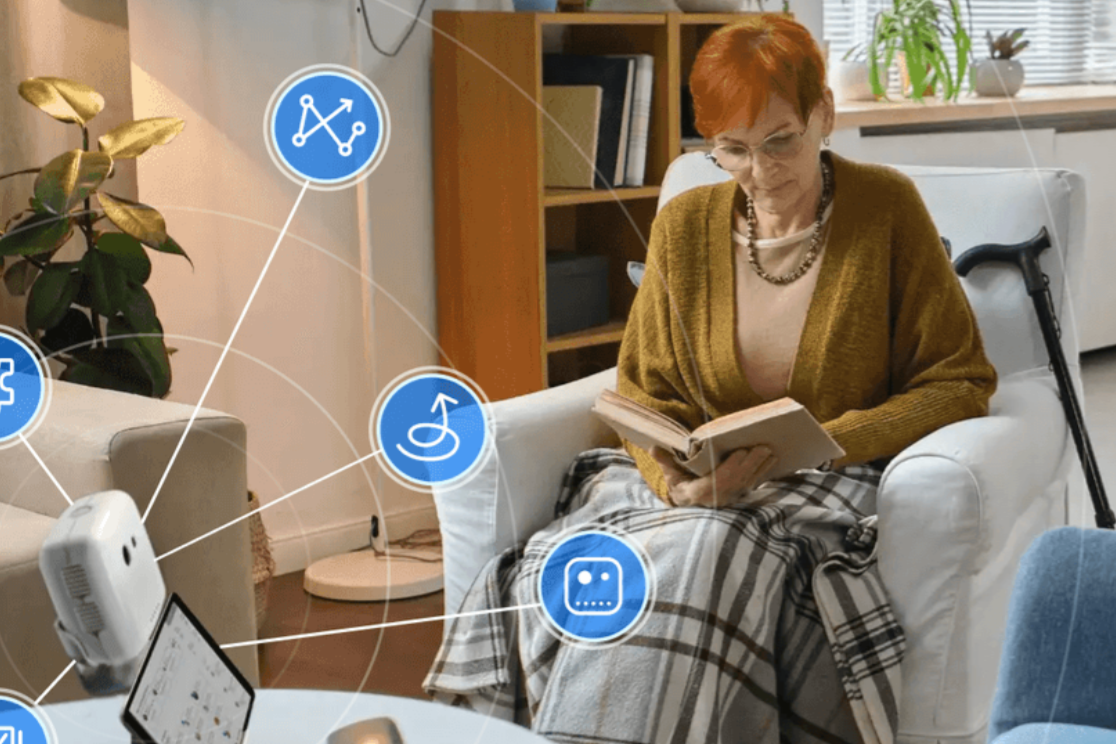Your Bathroom Will See You Now
/Our bathrooms will be the triage center for tracking our health, extending our health span and proactively saving our lives.
Every morning, you enter your bathroom – routine brushing of your teeth, no appointment required – but now, your mirror quietly performs a facial micro-scan, monitoring skin tone, posture and eye movement. On the shelf, your toothbrush stands beside a tiny video camera analyzing medication efficacy, while multi-spectral sensors track biomarkers. A wearable ultrasound patch monitors heart function, and your toilet meticulously logs hydration, digestion and gut metrics. All of this transmits securely to your physician in real time, no waiting room, no scheduling. Smart solutions will alert doctors when there are signals that need their attention and review.
Welcome to the intelligent bathroom, where hygiene, beauty routines or “me time” become proactive health maintenance (as opposed to repair).
Our daily life will increasingly leverage remote medicine and data-driven diagnostics with our bathrooms becoming clinical-grade, in-home triage centers. These systems aim to detect early signs of disease, monitor chronic conditions and even automate the scheduling of telehealth consults – before you ever feel sick. Advances in sensor technology make it possible to seamlessly monitor a patient’s actual medication intake against prescribed regimens, offering a powerful tool to improve adherence and clinical outcomes.
And the revolution isn’t decades away. It's already underway.
The Bathroom as a Diagnostic Platform
Image created by ChatGTP from the prompt: a bathroom mirror shows biomarkers of a person while they are brushing their teeth like an in-home triage center and mirror performs facial scans. Multi-spectral sensors track biomarkers. A wearable ultrasound patch on your heart monitors heart function, and your toilet logs hydration, digestion and gut metrics.
In 2016, my LDV Vision Summit keynote covered “The Internet of Eyes Allowing Objects to See” such as the mirrors in our bathroom observing us. Think of our home bathrooms as a great upcoming opportunity for healthcare data collection. It's where people naturally interact with their bodies – without stigma, hesitation, or the need to remember to wear a device.
“We no longer have to rely solely on patients to explain how they feel,” says Jeff Nadler, former CIO for 15 years at Teladoc Health and LDV Capital Expert. “The body often shows symptoms before we can describe them in words. Wearables and cutting-edge visual technology embedded in everyday objects can detect subtle changes for a growing set of clinical metrics. These technologies open new doors to improve care for people who cannot fully describe their pain, its location or other symptoms. The bathroom will speak for us before we even notice something is wrong, and we all know that early detection is critical to good outcomes.”
Back in 2020, Esther Dyson highlighted the need for greater standardization in consumer health devices. Despite using multiple sleep monitors and an electrostimulation device, she noted how each produces different details, making it difficult to see the full picture. She emphasized the importance of consolidating this data into a single, clear chart – something AI can help with – to better understand the true impact on health. “Note,” she says, “a chart of interacting metrics, not a single number. Your chronological age is a single-number prediction of when you will die, but more important is understanding how you live. What parts are working well, and what parts are damaging all the others?” Esther is an investor, author, commentator and philanthropist and is currently working on her second book: “Term Limits: Time and scale in the age of AI,” due out early in 2027 from MIT Press. She was an early investor in 23andMe, Abridge, Avanlee Care, Daivergent, Esai.ai, Epistemic.ai, Evernote, Ezra (with us at LDV!), Meetup, Nebius (née Yandex), Omada Health, Square/Block, and others. Check out our fireside chat with Esther from our 10th Annual LDV Vision Summit in 2024.
AI algorithms will help doctors process patient data in real time – spotting patterns, detecting early symptoms and matching them against countless potential diseases at scale. Just as importantly, real-time health data collection and analysis can empower individuals by showing how to increase deep sleep, what to eat to feel better, or even how to fight jet lag without relying on melatonin.
New AI developments can also translate medical terms and complex reports into easy-to-read, engaging charts. Ezra, the cancer screening company acquired by Function Health in 2025, has already demonstrated this potential with its AI tool that translates radiology reports into clear, layman-friendly summaries.
The bathroom of the future will be outfitted with a network of embedded, invisible and visible sensors designed to capture at least four major streams of data:
Physiological data: (weight, posture, movement)
Visual data: skin textures, facial cues, ocular shifts
Biomarkers: voice tremors & patterns, respiration, breath indicators, pulse rate, temperature
Biochemical data: urine, stool, saliva analysis
A Few Companies Leading the Charge
Sonus Microsystems: Sonus is pioneering a wearable cardiac ultrasound patch powered by groundbreaking polymer MEMS transducers and AI-enabled real-time analysis, bringing echo-grade diagnostics into the home with no clinic needed.
The next generation of ultrasound technology, delivering remote diagnostic imaging. ©Sonus Microsystems
DANNCE AI: With their technology, individuals can objectively measure neurological conditions using advanced AI-driven motion analysis. In the future, from taking videos of movement and reconstructing in 3D one’s movement behavior, precision assessments of Parkinson’s disease and other neurodegenerative disorders will be possible.
Withings: The French digital health company, known for its elegant smart scales and hybrid watches, is developing a smart toilet insert capable of analyzing urine for ketones, hydration, and pH balance. Withings is already shipping U-Scan in Europe, and FDA clearance for U.S. deployment is in process.
Screenshots ©Withings video.
Kohler & IBM Watson Health (R&D partnership): Kohler’s smart bathroom division is rumored to be exploring AI-assisted mirror systems that analyze facial symmetry, eye clarity and dermatological changes using infrared and near-infrared cameras.
Jona: Jona combines gut microbiome testing with AI-powered analysis to deliver personalized diet and lifestyle recommendations that support better health. Its microbiome analysis translates results into actionable insights and connects users with practitioners for guidance and support through a digital platform.
Norbert Health: Norbert offers an ambient, AI-driven sensor hub that contactlessly captures comprehensive vital signs – heart rate, SpO₂, respiratory rate, blood pressure, pulse wave velocity – in under 30 seconds, and integrates seamlessly into care workflows for elder and remote care.
Norbert tracks health data, interprets it in context and turns insights into personalized care recommendations. ©Norbert Health
“Visual technologies and AI could empower future care in the home, particularly by augmenting telehealth with longitudinal digital biomarkers and digital therapeutics,” said Dr. Deborah Estrin, professor of computer science and associate dean for impact at Cornell Tech, during her keynote speech at our 2024 Annual General Meeting. This year, Dr. Estrin was named to the Forbes 50 Over 50: Impact list, and in 2024 we were honored to feature her in our list of 120+ women spearheading advances in visual tech and AI. “In the near future, the mirror, toilet and sink won’t just reflect your image – they’ll reflect your health in real time. However, commercial products must build in auditable limits on data flows so that our most intimate spaces remain private.”
User Scenarios: The Bathroom as Medical Frontline
Scenario 1: The Silent Kidney Crisis
Alicia, 38, has a family history of kidney disease. Every morning, her smart toilet analyzes her urine for protein levels. One day, the system flags a rising trend. She hasn’t felt any symptoms yet, but her telehealth provider reviews the data and orders blood work. Within 48 hours, she’s on a preventative care plan – potentially saving her from irreversible damage.
Scenario 2: Stroke Detection in the Mirror
John, 65, shaves in front of his AI-integrated bathroom mirror. The system detects a slight asymmetry in his facial muscles and slurred voice patterns – subtle signs of a possible TIA (transient ischemic attack). His phone buzzes: “Are you experiencing dizziness or numbness?” It offers a direct link to emergency services. Within minutes, he’s speaking to a neurologist.
Scenario 3: Chronic Disease, Managed Quietly
Devon, 52, lives with Type 2 diabetes and hypertension. His mirror checks skin elasticity and eye clarity; his scale logs body composition changes. The toilet tracks glucose trends. His doctor rarely needs to ask for updates – they’re already in the system. His meds are automatically adjusted every month based on passive biofeedback.
Scenario 4: Atrial-Fibrillation Watchdog
Margaret, 72, has a history of paroxysmal AFib. Her toilet – equipped with pulse wave velocity and rhythm analysis from Norbert – detects irregular rhythm overnight, triggering a cardiac alert on her phone. An ECG patch is dispatched quickly, confirming AFib before a stroke ever occurs.
Scenario 5: Early Neuro-Flare Detection
Carlos, 45, has early-stage Parkinson’s. His mirror’s tremor analysis, powered by DANNCE AI algorithms, notices increased movement microvariability. His neurologist adjusts his medication proactively – one scan, one dose tweak, one more calm day.
Scenario 6: Heart Failure Symptom Buffer
Emma, 60, recovering from congestive heart failure, wears her Sonus patch daily. Gradual reductions in ejection fraction alert her cardiologist, who preemptively adjusts diuretics – keeping her stable at home.
The Triage Engine Behind the Scenes
These scenarios will rely on a secure pipeline of real-time, high-volume data analysis powered by AI, edge computing, and EHR integration (the process of connecting an Electronic Health Record – EHR – system with other healthcare technologies and systems to facilitate seamless data exchange and improve patient care).
AI and Predictive Modeling: Machine learning models analyze individual baselines over time, reducing false positives and improving early detection of anomalies.
Edge Processing: Health data is pre-processed locally to minimize latency and preserve privacy before it’s encrypted and sent to the cloud.
Importantly, users won’t need to sift through complex data. The system will provide clear, contextual, data-driven feedback.
“The bathroom becomes the MRI suite of our daily life – a constant, private imaging portal in plain sight,” said Dr. Daniel Sodickson, Chief of Innovation in Radiology at NYU Grossman School of Medicine, LDV Capital Expert and author of the book “The Future of Seeing: How Imaging Is Changing Our World” (set to be released in October 2025). At our 5th Annual LDV Vision Summit in 2018, he spoke about the rebirth of medical imaging, explaining how artificial intelligence and affordable sensors will transform the field – shifting from imitating the eye to emulating the brain – and unlocking new insights to better understand, predict and prevent disease.
A New Portal to the Healthcare System
By embedding diagnostics into the most familiar and private space in our homes, we break down the last barrier between daily life, proactive and preventative care. The mirror, the toilet, the scale, the sink – each becomes a sentinel, continuously listening to our bodies long before illness finds its voice.
This constant, passive vigilance transforms healthcare from a reactive system into a predictive and protective one. Diseases can be intercepted in their earliest moments, treatments can be tailored in real time, and care can be personalized to the point where the system knows when you need help before you do. For physicians, it’s a steady, trustworthy stream of data – rich with context, stripped of guesswork. For patients, it’s a safety net woven into everyday life.
The intelligent bathroom will be the new front door to healthcare – a personal, persistent diagnostic triage center for tracking our health, extending our health span and proactively saving our lives. Once science fiction, it’s now design fiction turned into reality – one brush, one flush and one scan at a time.
At LDV Capital, we are always searching to invest in and partner with brilliant people building leapfrog deep technical solutions to hopefully improve our world and create significant value.

